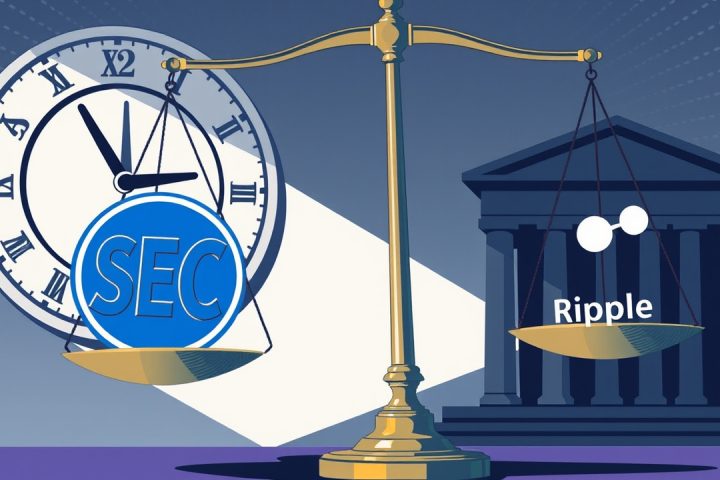Transforming Compliance in the Financial Landscape
In today’s fast-paced financial landscape, compliance is undergoing a significant transformation. The intersection of global markets, digital currencies, and advanced financial technologies has rendered traditional compliance practices—characterized by simple checklist approaches and report submissions—obsolete. With the evolving nature of financial crime threats and regulatory demands, many organizations find themselves grappling with a crucial question: how can compliance adapt to keep pace with an increasingly borderless financial ecosystem?
The Rising Threat of Financial Crime
Recent findings reveal that a staggering 71% of financial executives anticipate a rise in threats related to financial crime by 2025, while a mere 23% believe their current compliance frameworks are truly effective. This disconnect highlights the pressing need for a shift in how compliance is integrated within financial systems, particularly as digital currencies gain traction in mainstream markets.
A New Vision for Compliance
A new vision of compliance is emerging that emphasizes an embedded approach rather than a mere superficial layer. This shift leverages artificial intelligence (AI) to facilitate real-time monitoring and contextual risk assessment, fundamentally transforming how compliance functions within fintech environments. The crux of this transformation lies in prioritizing AI-driven systems that analyze user behavior and flag potential risks before human review occurs.
Challenges in the Compliance Landscape
The compliance landscape is indeed strained, with substantial fraud activity recorded—over $40 billion in illicit cryptocurrency transactions in 2024 alone. Concerns about the effectiveness of sanctions screening are pervasive, with only 39% of companies expressing confidence in their detection capabilities and a mere one-third feeling adequately prepared for heightened geopolitical risks.
Embedding Compliance into Financial Systems
Amidst these challenges, the focus shifts toward embedding compliance into the foundational architecture of financial systems. This requires developing cohesive compliance frameworks that enable risk models to interact and learn from respective outcomes. Such integrated systems can optimize decision-making, reduce false alerts, and build a more profound understanding of customer behavior, ensuring that compliance remains proactive rather than reactive.
Innovative Technologies and Collaboration
Advanced technologies like zero-knowledge proofs (ZKPs) are being explored as well, allowing platforms to conduct compliance checks without compromising user privacy. Through the adoption of these innovative techniques, compliance can reinforce transparency while maintaining rigorous standards.
Embracing a Holistic Approach
Consequently, the success of AI-driven compliance initiatives relies not just on technological advancements but also on structuring systems that prioritize collaboration and transparency. While efficiency gains are to be welcomed, they must be paired with clear communication to risk management, assuring both users and regulators about the efficacy of the compliance measures in place.
As financial institutions adapt to this new compliance paradigm, they face a critical juncture that requires embracing a holistic approach. It’s imperative to ensure systems are not only compliant by design but are also capable of evolving with the complex and dynamic nature of today’s financial threats. Industry leaders must embrace this change to foster trust and reliability in digital finance, which ultimately hinges on the transparency and effectiveness of their compliance mechanisms.




